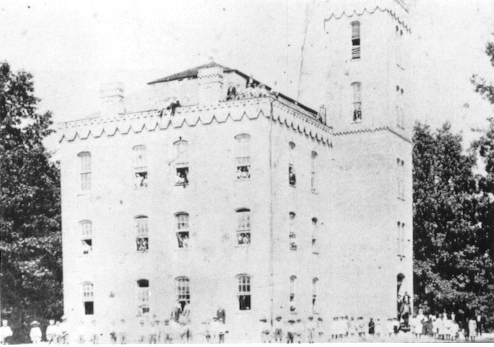

The following information was taken from the PURE FOUNTAIN COLLEGE, First Annual Catalogue, 1883-84.
The First Annual Catalogue, 1883-84.
The Students Page 1
The Students Page 2
The Course of Study
The History Page
Return to top of page.
Return to the Index Page